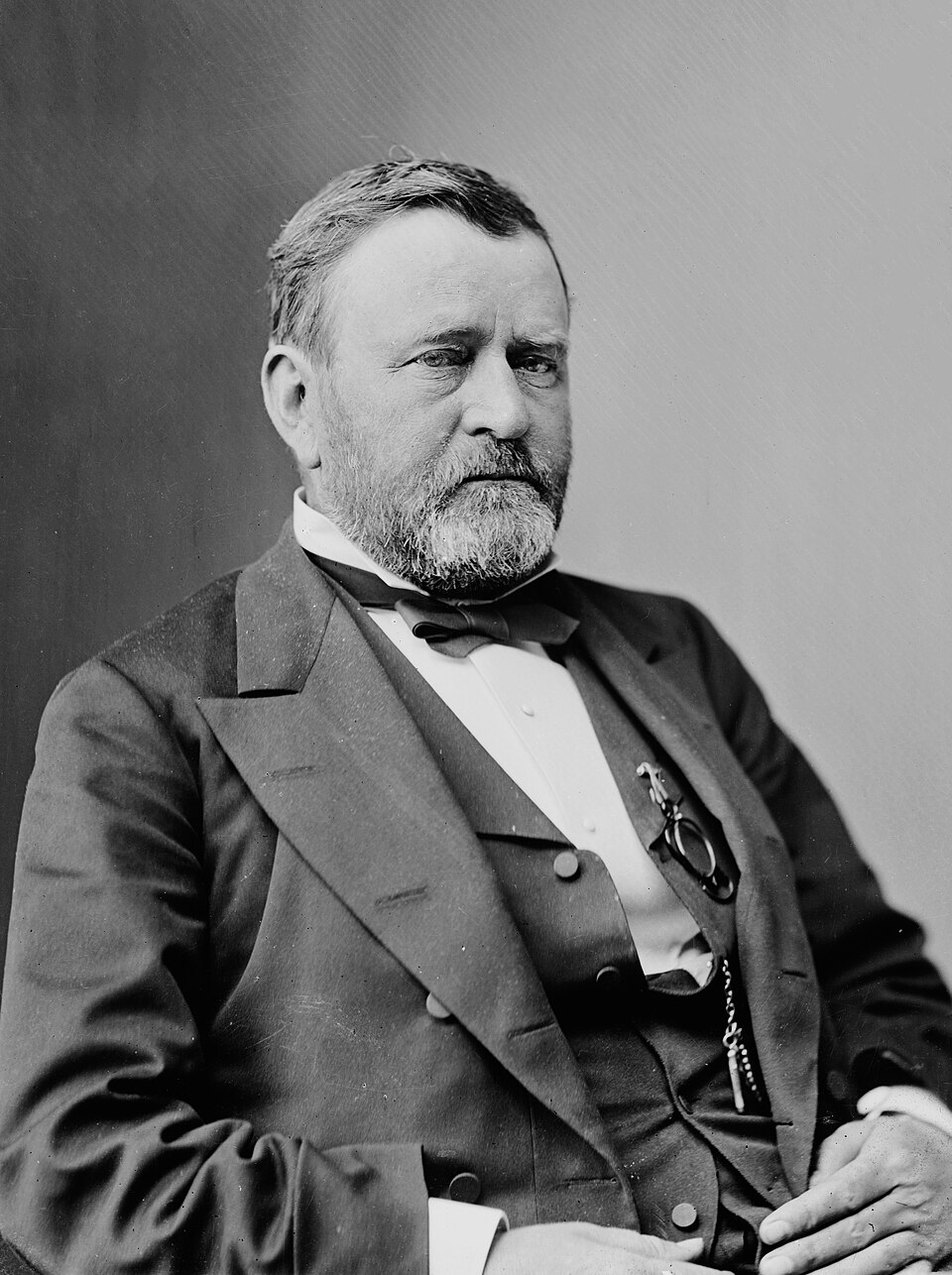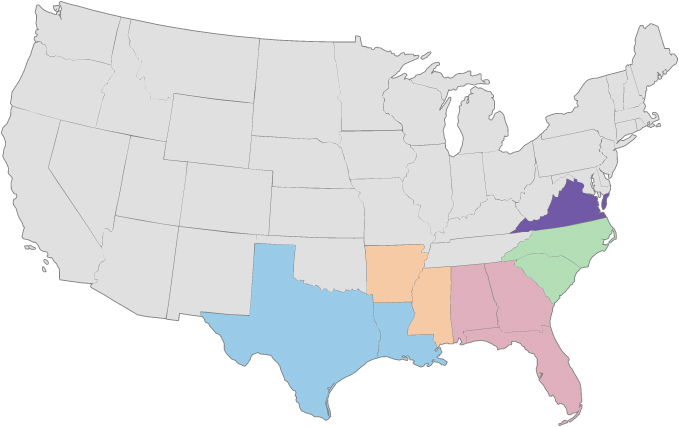The End of Reconstruction – Essay
The End of Reconstruction | Essay
Option A
Lexile: 1260
Word Count: 607
Vocabulary: anti-black, nosedive, accordance, lynched, writ, qualms, bribery, southerner, strife
In the early 1870s, a variety of factors led to the end of Reconstruction. It had successfully reunited the country politically, led to the rejection of secession as a political tool, ended slavery, and led to constitutional protections for Black Americans. However, several groups worked to undermine it, and national priorities shifted during the decade.
Reconstruction helped to restore the national Union politically. When Civil War hero, General Ulysses Grant, was elected president in 1868, four states were still under military rule because of the Reconstruction Acts of 1867. By 1870, Congress admitted those four states-Virginia, Mississippi, Texas, and Georgia-back into the Union and seated them in Congress.
Meanwhile, southern Blacks suffered increasing violence and intimidation because many whites resisted Reconstruction. The Ku Klux Klan and white mobs attacked and killed Blacks attempting to vote, closed courthouses and Black schools, and kidnapped and lynched Blacks.
In 1871, President Grant responded by calling Congress into emergency session to provide for “the protection of life and property.” He also suspended the writ of habeas corpus in parts of South Carolina and sent in federal troops to arrest members of the KKK. The federal government prosecuted hundreds of people for violating Black rights since the states were unwilling to carry out justice under the Fourteenth Amendment and Civil Rights Act of 1866.
National political support for Reconstruction began to wane. A generation of important Radical Republicans were either voted out of office or died. Meanwhile, the rise of the Liberal Republicans meant greater focus on corruption reform and less support for sending troops to the South to enforce Reconstruction. In 1874, the Democrats won a majority in the House of Representatives and actively resisted Reconstruction since their main strength was in the South. The Grant administration was plagued by several national scandals and bribery during Grant’s second term that took attention away from Reconstruction.
The American economy also took a nosedive during the early 1870s. The Panic of 1873 led to a sharp downturn in industry, railroad building, and employment. Americans experienced recession and labor strife over the next few years.
The economic troubles affected Reconstruction because the national government could not afford to send troops to the South. Moreover, the country did not support continued military occupation in the South because it contradicted American principles. President Grant, who sent troops to the South to curb the anti-Black violence, had qualms himself. He stated that military rule was “not in accordance with our institutions.” During that decade, only a small number of troops were still in the South and were soon all withdrawn after the presidential election of 1877.
Nor did the Supreme Court always support the congressional attempt to defend Black civil rights. Court decisions endorsed Black civil rights and voting rights, but it ruled that it was unconstitutional for Congress to prohibit private individuals from discriminating against Blacks in places like restaurants or theaters. During the late 1800s, local and state laws in the South increasingly introduced segregation, or a separation of the races. The Supreme Court eventually validated those laws in Plessy v. Ferguson (1896). In addition, white southerners used several methods to prevent Blacks from voting including poll taxes, grandfather clauses, and literacy tests.
In 1876, the presidential election between Republican Rutherford Hayes and Democrat Samuel Tilden ended up a mess in Congress. Three states -Florida, Louisiana, and South Carolina- had contested Electoral College votes. An electoral commission set up by Congress decided the election in favor of Hayes. President Hayes signaled that he would withdraw the last troops from the South, which was one of the final steps in ending Reconstruction ten years after the end of the Civil War.
The End of Reconstruction
Option B
Lexile: 1010
Word Count: 442
Vocabulary: unfairly, courthouse, Reconstruction, mob, railroad, unite, slavery, Republican, enforce
In the early 1870s, several things brought Reconstruction to an end. Reconstruction had brought the country back together politically, ended slavery, and given Black Americans protection under the law. However, some groups worked against it, and the nation’s focus changed during this time.
Reconstruction helped unite the nation again. When Civil War hero General Ulysses Grant became president in 1868, four states were still under military control. By 1870, these states-Virginia, Mississippi, Texas, and Georgia-were allowed back into the Union and could send representatives to Congress.
During this time, southern Blacks faced increasing violence because many whites opposed Reconstruction. The Ku Klux Klan and angry white mobs attacked Blacks who tried to vote, shut down courthouses and Black schools, and killed many Black people.
In 1871, President Grant called Congress together to protect people and property of Blacks in the South. He sent federal soldiers to South Carolina to arrest KKK members. The federal government took hundreds of people to court for hurting Blacks because state governments wouldn’t enforce the new laws.
Political support for Reconstruction began to fade. Many important Republican leaders known as “Radicals” who supported it lost elections or died. At the same time, other Republicans became more interested in stopping government corruption than in helping the South. In 1874, the Democrats won control of Congress and fought against Reconstruction. President Grant’s government was also caught up in several scandals that took attention away from changing the South.
The American economy also had serious problems in the early 1870s. The Panic of 1873 caused many businesses and railroads to fail, and many people lost their jobs.
These money problems affected Reconstruction because the government couldn’t afford to keep soldiers in the South. Also, many Americans didn’t like having soldiers there because it went against American ideas of freedom. Even President Grant, who had sent troops to stop violence against Blacks, wasn’t sure it was right.
The Supreme Court didn’t always help protect Black civil rights either. While it supported Blacks’ right to vote, it said Congress couldn’t stop private businesses from treating Blacks unfairly. Southern states made laws to keep Blacks and whites separate. The Supreme Court approved these laws in 1896. Southern states also made rules like poll taxes and reading tests to stop Blacks from voting.
In 1876, there was a problem with the presidential election between Republican Rutherford Hayes and Democrat Samuel Tilden. Three states couldn’t agree on their votes. Congress set up a special group that chose Hayes as the winner. President Hayes promised he would withdraw the last troops in the South, which ended Reconstruction ten years after the Civil War.
Images:

Brady-Handy Photograph Collection. Photograph of President Ulysses S. Grant. Between 1870 and 1880. Library of Congress Prints and Photographs Division, Washington, D.C.
President Ulysses S. Grant during or shortly after his presidency, a period marked by Reconstruction and efforts to reunite the nation after the Civil War.

“Five Districts” by Bill of Rights Institute/Flickr CC BY 4.0
The Reconstruction Act of 1867 split the South into five military districts and required the states to create new constitutions and elect new officials. These were the places in the South where troops were stationed to ensure Reconstruction.
